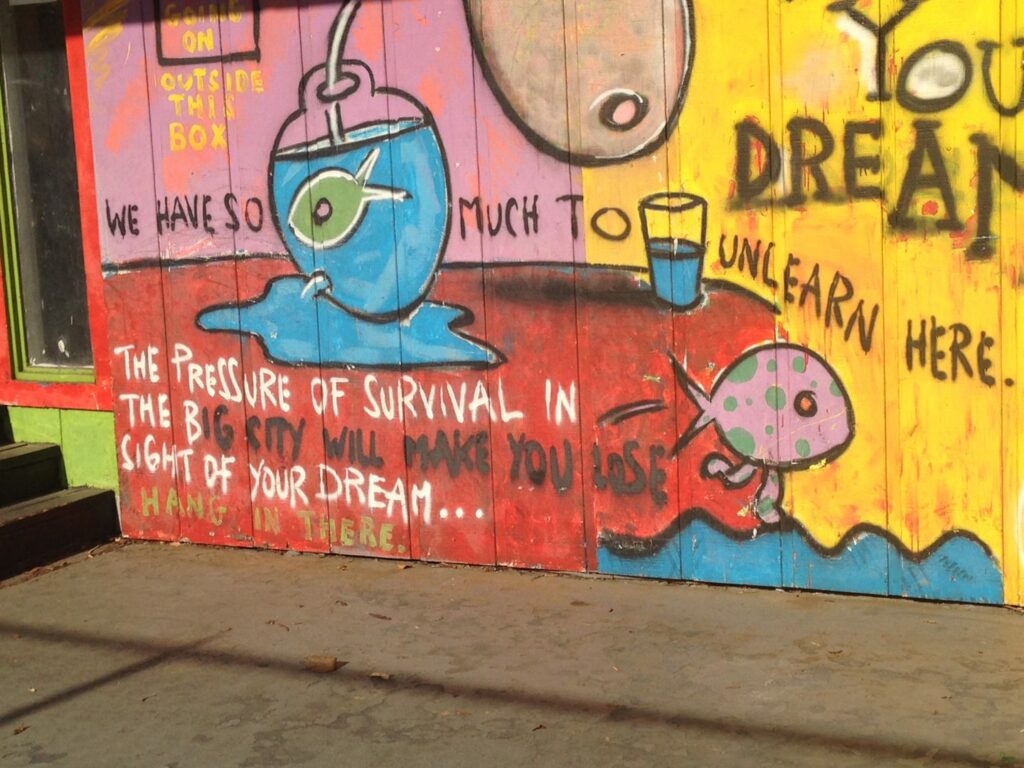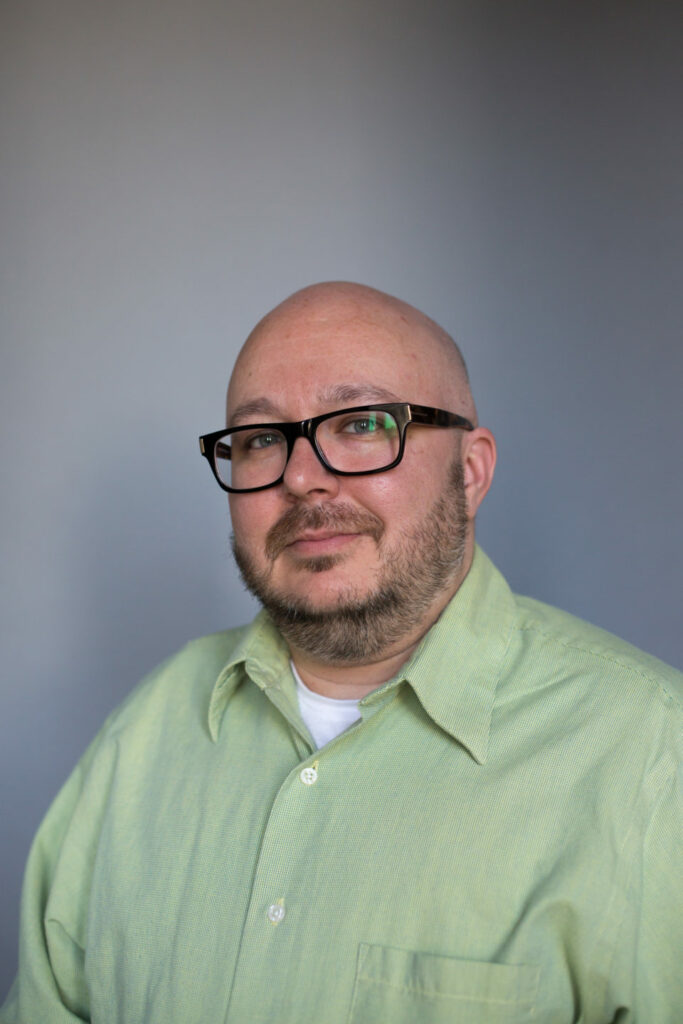A letter from Safe and Stable Homes Director Cole Thaler.

I moved to Atlanta in 2005.
I spent five years after that living in an apartment on 8th Street in Midtown. On weekdays, I walked to my Peachtree Street office through wide, tree-lined streets, past impressive old homes that had been lovingly restored and maintained by the homeowners. On weekends, I walked to the Piedmont Park farmers’ market or went to brunch in Candler Park or Virginia-Highlands. I shopped at Lenox Mall and had dinner with friends at Buckhead restaurants or in the gentrifying West Midtown neighborhood.
My Atlanta was a place of glittering high-rise office towers, of new luxury apartment buildings with names like Spire and SkyPointe. It was a place of old money, renovated homes only slightly too modest to be called mansions. It was Frisbee games on the Piedmont Park meadow. It was valet parking on Peachtree Road. I told friends in other states about Atlanta’s shopping, restaurants, luxury condos – as if what I saw around me was the city as a whole.
I never took out a map and studied the neighborhoods west of Northside Drive, or south of Interstate 20 and west of Moreland Avenue. I never allowed myself to get curious about whole swaths of the city to the south and west. It never even occurred to me that My Atlanta wasn’t the Atlanta: that my perception was limited by my footprints, which were guided by my privilege.
I didn’t begin to understand there was so much more to our city until I rented a plot in a community garden at the Atlanta Community Food Bank. Driving down Donald Lee Hollowell Parkway and making a right on Joseph E. Lowery Boulevard, it was impossible to miss the signs of poverty all around me: dilapidated buildings, clusters of check-cashing stores and pawn shops, boarded-up homes that looked abandoned. I drove past, never stopping.
It wasn’t until I came to work for Atlanta Volunteer Lawyers Foundation in 2014 that I began to learn about the parts of Atlanta I had been missing.

Staying within our own Atlantas – our insulated, familiar bubbles – only hurts us. It means we miss the chance to confront the ways that stark wealth inequalities have carved our city. It means we miss the chance to support certain businesses with our dollars, and certain causes – like housing stability and neighborhood preservation – with our clout. And it means that we only ever see half the beauty, creativity, resilience and innovation that Atlanta has to offer.
Through working at AVLF, I met Westview tenants looking for information about tenants’ rights, eager to fight back against a wave of displacement that loomed because of development. In Westview, AVLF led a presentation at The Good Hair Shop, and had meetings and lunches at D Café and Catering next door. I visited the Westside Growers’ Market and met local entrepreneurs like Abiodun Henderson, who runs the Gangstas to Growers initiative.
In South Atlanta, I met the owners of Community Grounds, a grocery store and coffee shop dedicated to nurturing neighborhood residents. I went to a National Night Out fair at the Rick McDevitt Youth Center and marveled at the beautiful murals painted on the building.
I visited the beautiful park that the Grove Park neighborhood is named after and learned about the changes and challenges facing residents there. I ate lunch at the Busy Bee Café and admired the new At-Promise Youth and Community Center.
And on and on: so much vibrancy, everywhere I looked.
Now, I can’t believe that I ever claimed to live in Atlanta – that I ever felt entitled to speak in general terms about the city – when I only knew half of it. I wonder how many of my Midtown friends have driven down the streets of Polar Rock and Rebel Forest and Joyland, admiring the beauty and studying the blight. I wonder how many residents of South and West Atlanta have their own Atlantas that don’t account for the luxury just a few miles away.
And I wonder how to explain to my friends and colleagues that staying within our own Atlantas – our insulated, familiar bubbles – only hurts us. It means we miss the chance to confront the ways that stark wealth inequalities have carved our city. It means we miss the chance to support certain businesses with our dollars, and certain causes – like housing stability and neighborhood preservation – with our clout. And it means that we only ever see half the beauty, creativity, resilience and innovation that Atlanta has to offer.
Now, who would like to join me for lunch at D Café next week?
See you there,

The people at AVLF usually have some pretty awesome things to say. Want more like this in your inbox every month? Sign up for our newsletter.

Cole Thaler
Safe and Stable Homes Director
Check out more from this author.
Before joining AVLF, Cole was a supervising staff attorney with Georgia Legal Services Program, where he represented low-income rural Georgians in civil matters. From 2005 through 2009, Cole worked for Lambda Legal, a national legal organization that works on behalf of lesbians, gay men, bisexuals, transgender people, and those with HIV.